
Dominant Women of History: The Life and Legacy of Mary Wollstonecraft
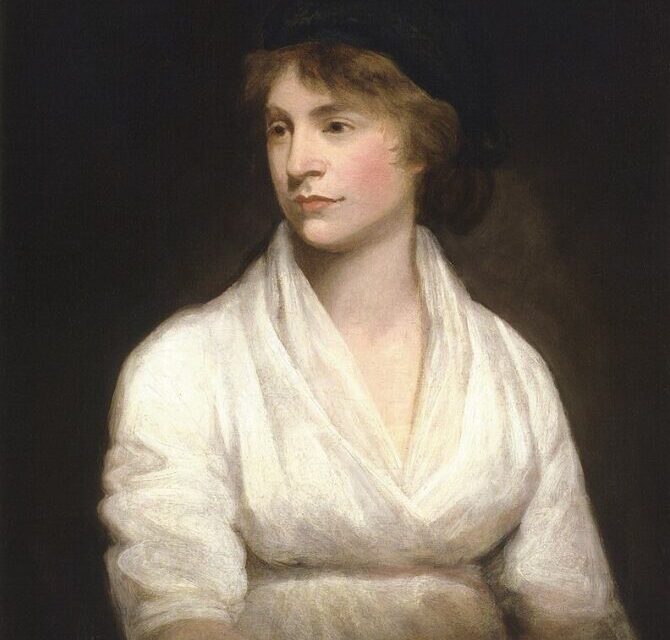
Mary Wollstonecraft, a pioneering figure in the fight for women’s rights, remains one of the most influential women in history. Her life, marked by intellectual brilliance and personal struggles, laid the groundwork for modern feminism. This article examines the life of Mary Wollstonecraft, her contributions to history, and the impact of her ideas on subsequent generations.
Early Life and Education
Mary Wollstonecraft was born on April 27, 1759, in Spitalfields, London, to Edward John Wollstonecraft and Elizabeth Dixon. Her early life was tumultuous, marred by an abusive father and financial instability. Despite these hardships, Wollstonecraft was determined to educate herself. She voraciously read books and engaged in intellectual discussions, setting the foundation for her later work as a writer and philosopher.
Literary Beginnings and Advocacy
Wollstonecraft’s first foray into writing came with the publication of “Thoughts on the Education of Daughters” (1787), where she argued for better educational opportunities for women. This work set the stage for her future advocacy, emphasizing the importance of education in achieving gender equality.
A Vindication of the Rights of Woman
In 1792, Wollstonecraft published her seminal work, “A Vindication of the Rights of Woman.” This groundbreaking text argued that women are not naturally inferior to men but appear so only because they lack education. Wollstonecraft called for equal educational opportunities and challenged the notion that women exist solely to please men. Her work was radical for its time, advocating for women’s rights to participate fully in society.
Wollstonecraft’s arguments were rooted in Enlightenment principles, emphasizing reason and individual rights. She believed that educating women would benefit society as a whole, as educated women could contribute meaningfully to their families and communities.
Personal Life and Relationships
Wollstonecraft’s personal life was as revolutionary as her writings. She had a series of unconventional relationships, reflecting her progressive views on love and sexuality.
Gilbert Imlay
In 1793, Wollstonecraft met the American adventurer Gilbert Imlay. They fell in love and had a daughter, Fanny Imlay, born out of wedlock in 1794. Their relationship was tumultuous, and Imlay eventually abandoned Wollstonecraft, leading to her emotional breakdown and a suicide attempt.
William Godwin
In 1796, Wollstonecraft began a relationship with the philosopher William Godwin, one of the forefathers of anarchist thought. They married in 1797 after Wollstonecraft became pregnant. Their marriage was marked by mutual respect and intellectual companionship. Tragically, Wollstonecraft died on September 10, 1797, just days after giving birth to their daughter, Mary Godwin, who would later become famous as Mary Shelley, the author of “Frankenstein.”
Legacy and Impact
Mary Wollstonecraft’s impact on history is profound. Her writings laid the intellectual groundwork for the women’s rights movement and continue to inspire feminists today. Here are some key aspects of her legacy:
Education Reform
Wollstonecraft’s advocacy for women’s education was revolutionary. She argued that women should be educated not just for domestic roles but as rational beings capable of contributing to society. Her ideas influenced educational reformers in the 19th and 20th centuries and helped pave the way for greater access to education for women.
Feminist Philosophy
“A Vindication of the Rights of Woman” remains a foundational text in feminist philosophy. Wollstonecraft’s arguments for equality and her critique of patriarchal society resonated with later feminist thinkers, including John Stuart Mill, Elizabeth Cady Stanton, and Simone de Beauvoir. Her work continues to be studied and cited in discussions about gender equality and women’s rights.
Personal Courage
Wollstonecraft’s life demonstrated personal courage and resilience. She navigated difficult personal circumstances, including financial instability, heartbreak, and societal disapproval, to pursue her intellectual and philosophical goals. Her determination to live according to her principles, despite societal norms, makes her an enduring symbol of strength and independence.
Influence on Literature
Wollstonecraft’s literary influence extended beyond her own works. Her daughter, Mary Shelley, inherited her mother’s intellectual legacy and went on to write “Frankenstein,” one of the most enduring novels in English literature. The themes of autonomy, education, and societal critique present in Wollstonecraft’s work can be seen echoed in Shelley’s writing.
Sexual Interactions and Scandal
While there is limited detailed documentation of Wollstonecraft’s sexual interactions, her relationships were considered scandalous by the standards of her time. Her affair with Gilbert Imlay and their daughter born out of wedlock were sources of public gossip and personal distress. Wollstonecraft’s openness about her emotions and experiences, including her letters and autobiographical writings, provide a candid glimpse into her private life and her struggles with love and betrayal.
Conclusion
Mary Wollstonecraft’s life and work remain a testament to the enduring power of intellectual rigor and personal resilience. Her advocacy for women’s rights, particularly in education, has left an indelible mark on history. As we continue to strive for gender equality, Wollstonecraft’s legacy serves as a reminder of the importance of education, the strength of individual conviction, and the ongoing fight for women’s rights.
Her contributions to feminist thought and her trailblazing personal choices make Mary Wollstonecraft a true icon among the dominant women of history. Her life story is not just a tale of personal struggle but a beacon of hope and a call to action for all who seek to challenge societal norms and advocate for equality.
TEST YOUR SUB!
Does your submissive know the facts when it comes to powerful women in history? Put him in his place if he misses any of these questions:
Question: What was the title of Mary Wollstonecraft’s seminal work published in 1792 that argued for women’s rights and education?
Answer: “A Vindication of the Rights of Woman”
Question: Who was Mary Wollstonecraft’s daughter?
Answer: Mary Shelley
Question: Which American adventurer did Mary Wollstonecraft have a daughter with, resulting in her daughter Fanny Imlay
Answer: Gilbert Imlay
Question: In what year did Mary Wollstonecraft marry the philosopher William Godwin?
Answer: 1797
Question: What was the focus of Mary Wollstonecraft’s first published work, “Thoughts on the Education of Daughters”?
Answer: Better educational opportunities for women



























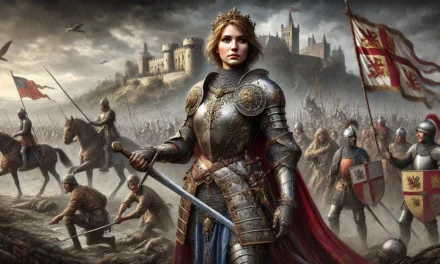
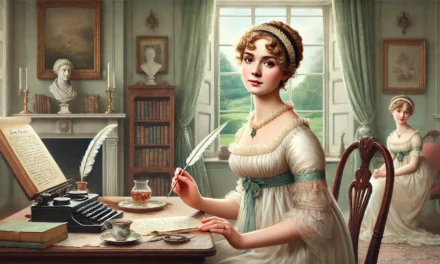
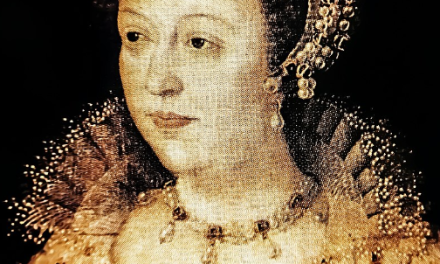
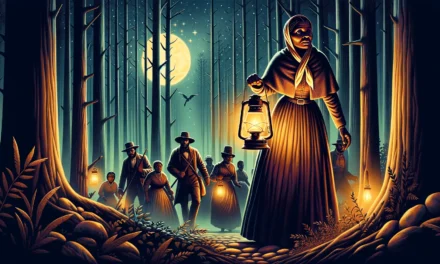




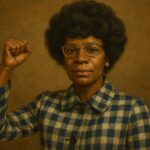











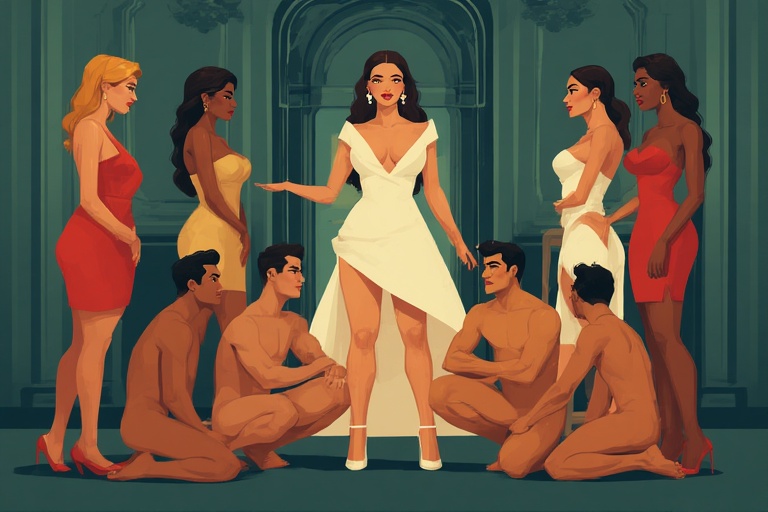





Latest Comments